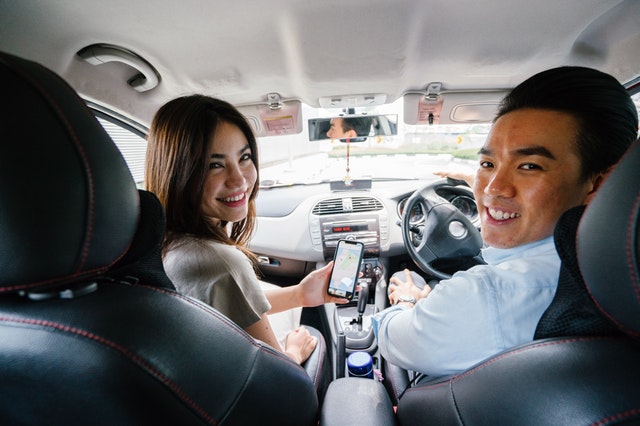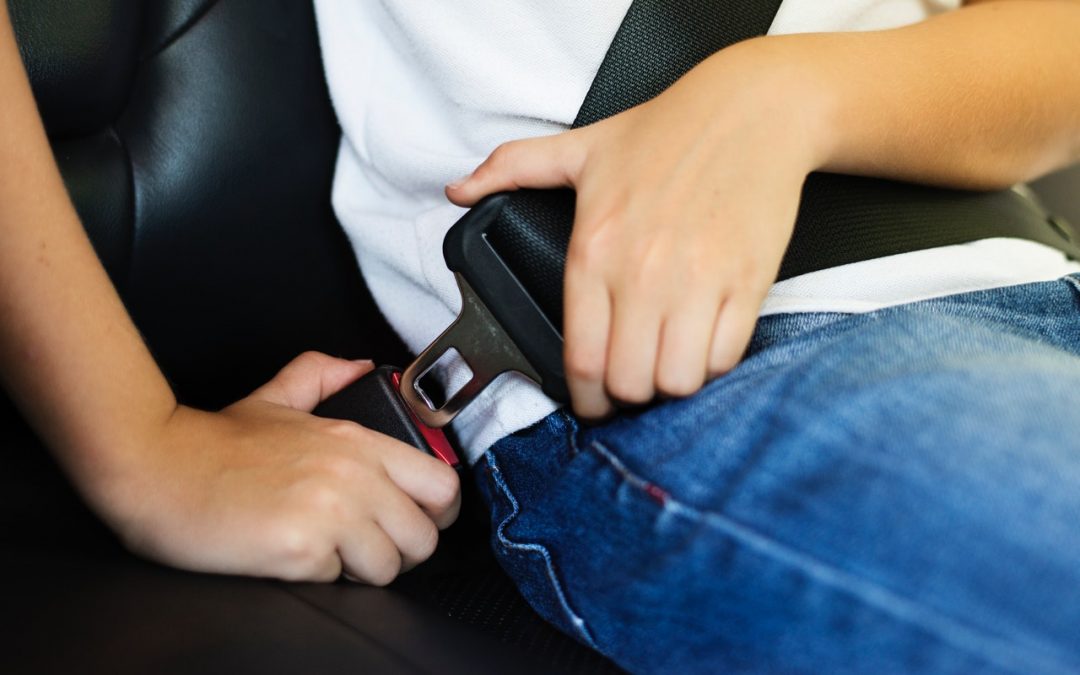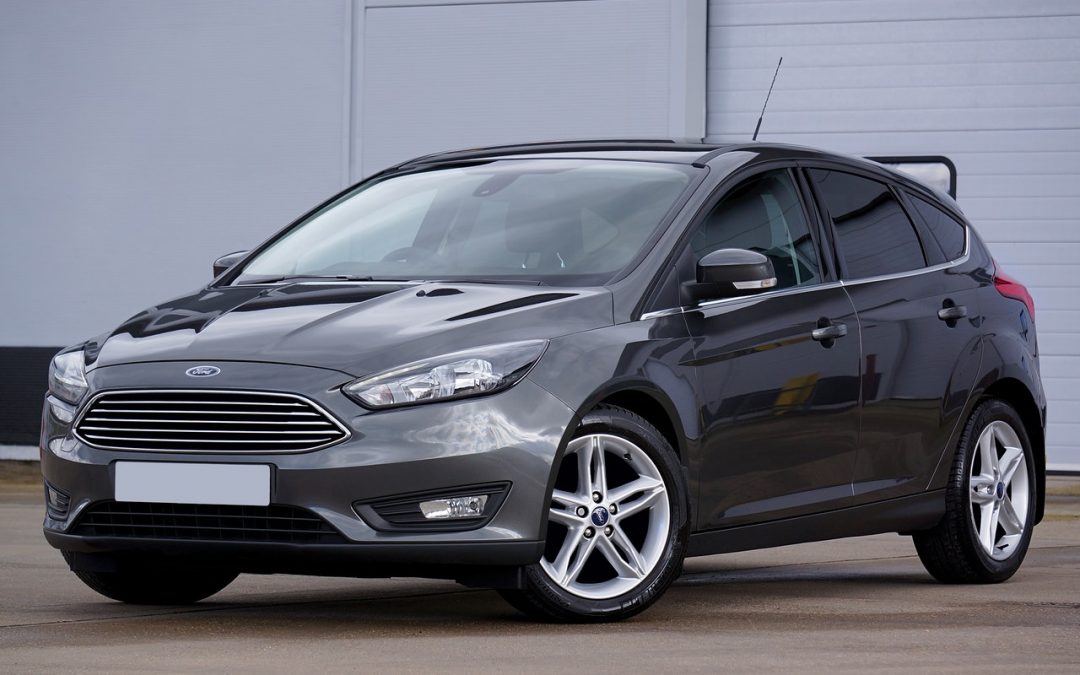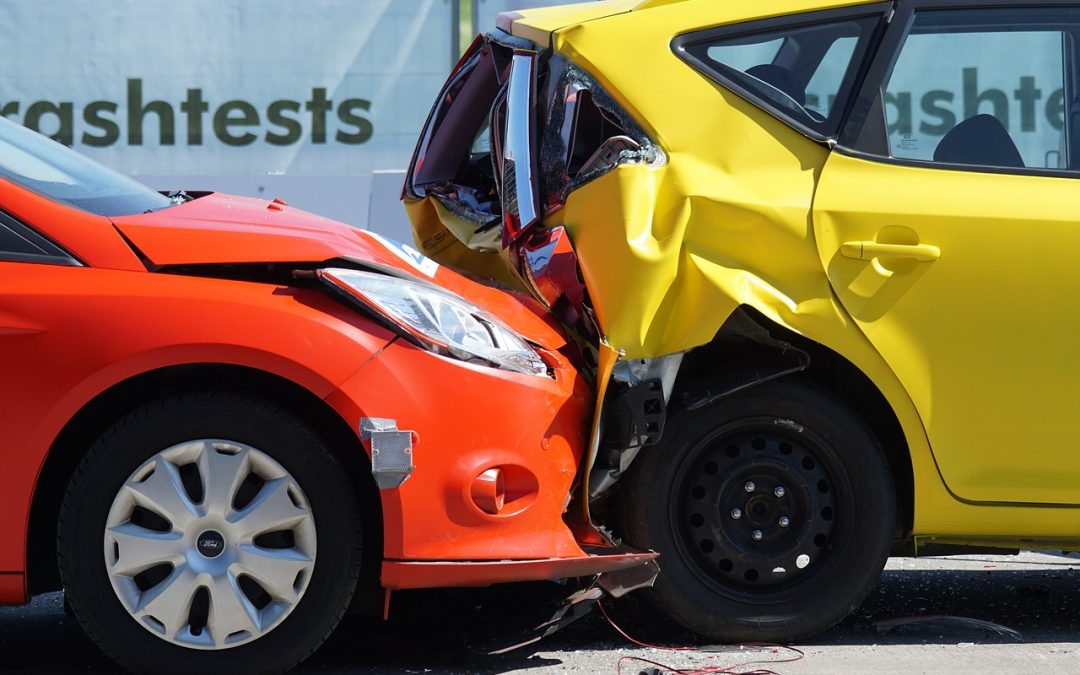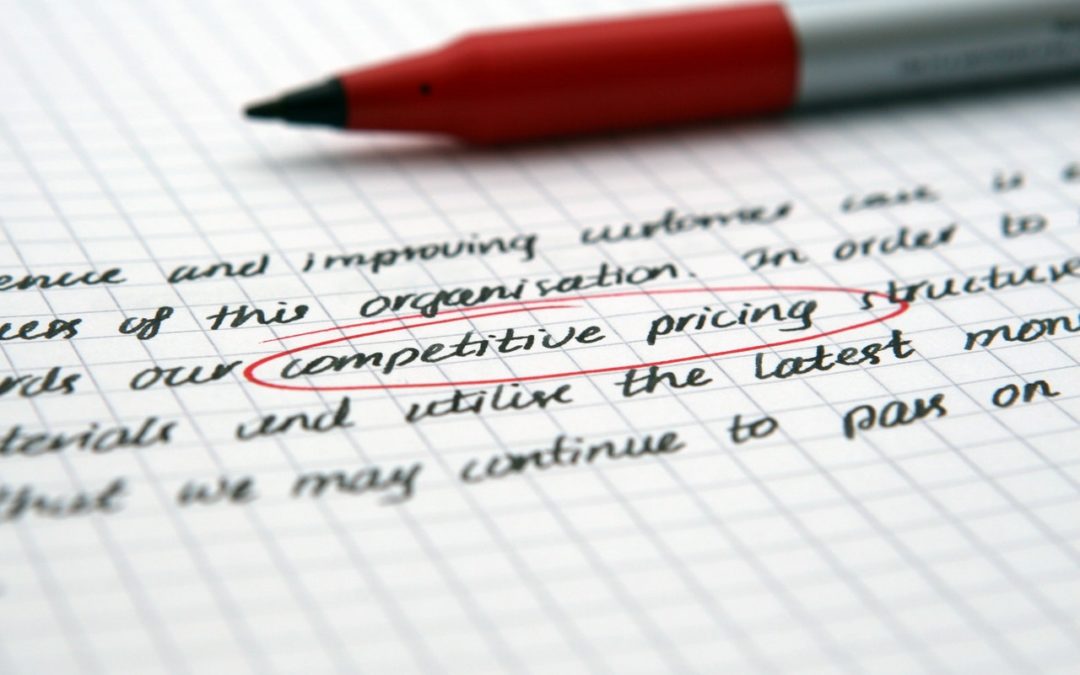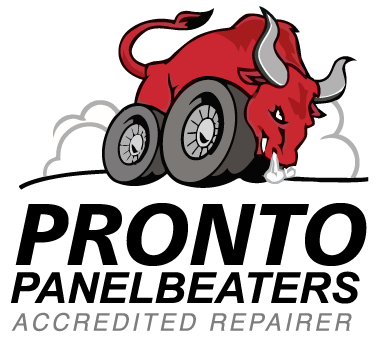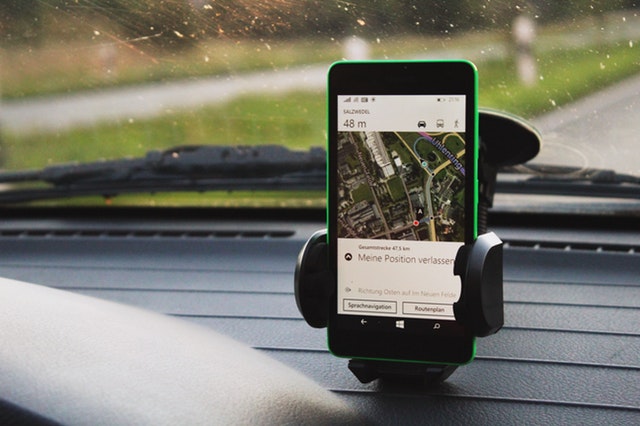
Where you’re more likely to be a victim of smash and grabs
It happens in a matter of seconds. Your window’s suddenly shattered and your valuables have disappeared. Criminals of the smash and grab variety work swiftly and are gone before you realise what’s happened. They usually (and we say ‘usually’ because some are daft and don’t put much effort into the crime they’re committing) choose their surroundings and victims meticulously.
Here’s what smash and grabbers are looking for in a victim:
- Female or single drivers.
- Distracted drivers (like those lighting cigarettes or using phones).
- Cars parked in areas with relatively low foot traffic, with valuables visible.
- Belongings on the passenger seat.
In addition to what makes a person ripe for targeting, there’s also the surroundings. What we mean by this is that these criminals will choose specific hunting grounds and it’s good to be aware of the hotspots. This way you can be on alert or avoid the area altogether.
Here are a few smash and grab hotspots across 4 different cities in South Africa:
- In Pretoria: Pretoria Central, Pretoria Road, Eeufees Road, corner of Garsfontein Road and the N1 Freeway, corner of Garsfontein Road and Philadelphia Road, corner of Cussonia Ave and Meiring Naude Road, and Watermeyer/N4.
- In Johannesburg: Corner of Boeing and William Nicol Bedfordview, corner of William Nicol Drive and Main Road, corner of Joe Slovo Drive and Abel, the bridge at the intersection of Bowling and Witkoppen, and the Grayston on ramp and off ramp in Sandton.
- In Cape Town: Jakes Gerwel Drive, Kromboom Road, and Jan Smuts Drive.
- In Durban: N2-M41 intersection coming off the N2, the southern freeway as you approach the Victoria Embankment in the Durban city centre, the intersection of South Coast Road and Grimsby, and the N2-Inanda intersection on both sides of the bridge and the traffic lights near the Engen garage in Riverside Road.
Obviously these are just a few areas in only 4 cities, but don’t let the unknown scare you into staying home. Rather be prepared and use these helpful tips to avoid smash and grabs.
Here are things you can do to avoid a smash and grab situation:
- Put your belongings in the boot, because thieves know to reach under your seats.
- Don’t wind down windows for vendors as this is often a means of distraction.
- Don’t get out of your car to move objects in the road, rather drive around them.
- Leave 2 or 3 gaps between yourself and the car in front to give yourself an exit strategy.
- At night, drive slowly towards a red traffic light and drift through on the green so you don’t stop and become a sitting duck.
Becoming a smash and grab victim is certain to ruin anyone’s day, so be aware, be alert, and stay safe on the roads. You should also consider what your car insurer can do for you. For example, these guys over here actually include roadside assistance with their super cheap car insurance policies. This way, you can call them to come and help you through the trauma of the situation because it’s not fun to handle it all on your own.

